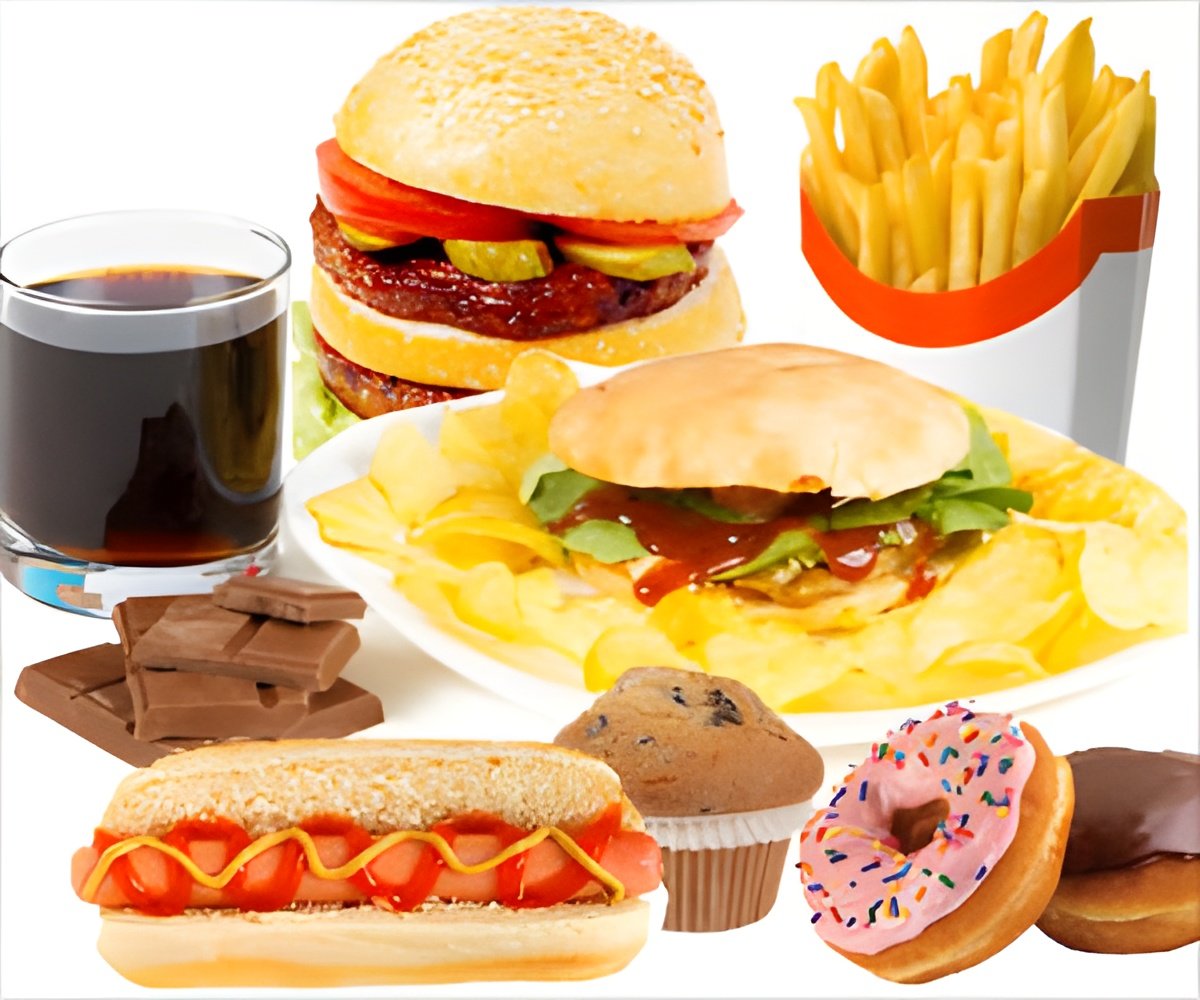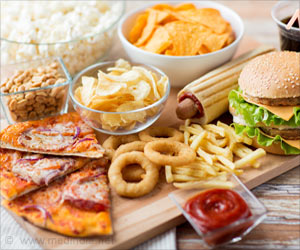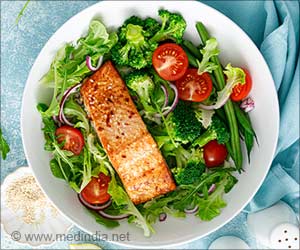Many kids' meals served at eat outs met calorie recommendations, but failed to meet recommendations for fat, saturated fat, and sodium levels.

TOP INSIGHT
Parents can educate and guide their children toward healthy choices, and speak up to demand healthy meals where they don't exist.
Using the 2014 Nation's Restaurant News Top 100 Report, researchers identified the top 10 quick-service restaurants (QSR) and full-service restaurants (FSR) that offered a kids' menu, made nutrition information publicly available, and provided calorie information for all children's entrees.
Using this information, researchers compared calories, fat, saturated fat, and sodium from children's meal combinations with national dietary recommendations to understand the nutritional value of these offerings. They found that many meals met calorie recommendations, but failed to meet recommendations for fat, saturated fat, and sodium levels.
"Improving the availability of healthier kids' meals is a critical step toward increasing children's exposure to healthier foods, but that alone is not enough," said lead author Sarah Sliwa, PhD, an instructor at Tufts University Friedman School of Nutrition.
"We encourage restaurants to look holistically at the nutritional value of their children's meals, and to market healthier options in ways that emphasize taste and appeal to parents and children alike."
Most meals exceeded the sodium recommendation, but there are reasons to be optimistic. At two of the QSRs included in the study, over 90% of meal combinations had less than 770 mg of sodium, which demonstrates that large, successful restaurant chains can meet this recommendation.
"Restaurants should be commended for their progress to date, but no single step will reverse the childhood obesity epidemic and there is still much work to do," said Christina Economos, PhD, vice chair and director of ChildObesity180, who is the senior author on the study. "Everyone has a role to play in providing healthier meals for kids. Restaurants can make healthy, appealing options more prevalent and prominent. Parents can educate and guide their children toward healthy choices, and speak up to demand healthy meals where they don't exist. We need to combine more nutritious children's meal offerings with stronger education to drive both supply and demand to support healthier choices."
Source-Eurekalert
 MEDINDIA
MEDINDIA




 Email
Email









